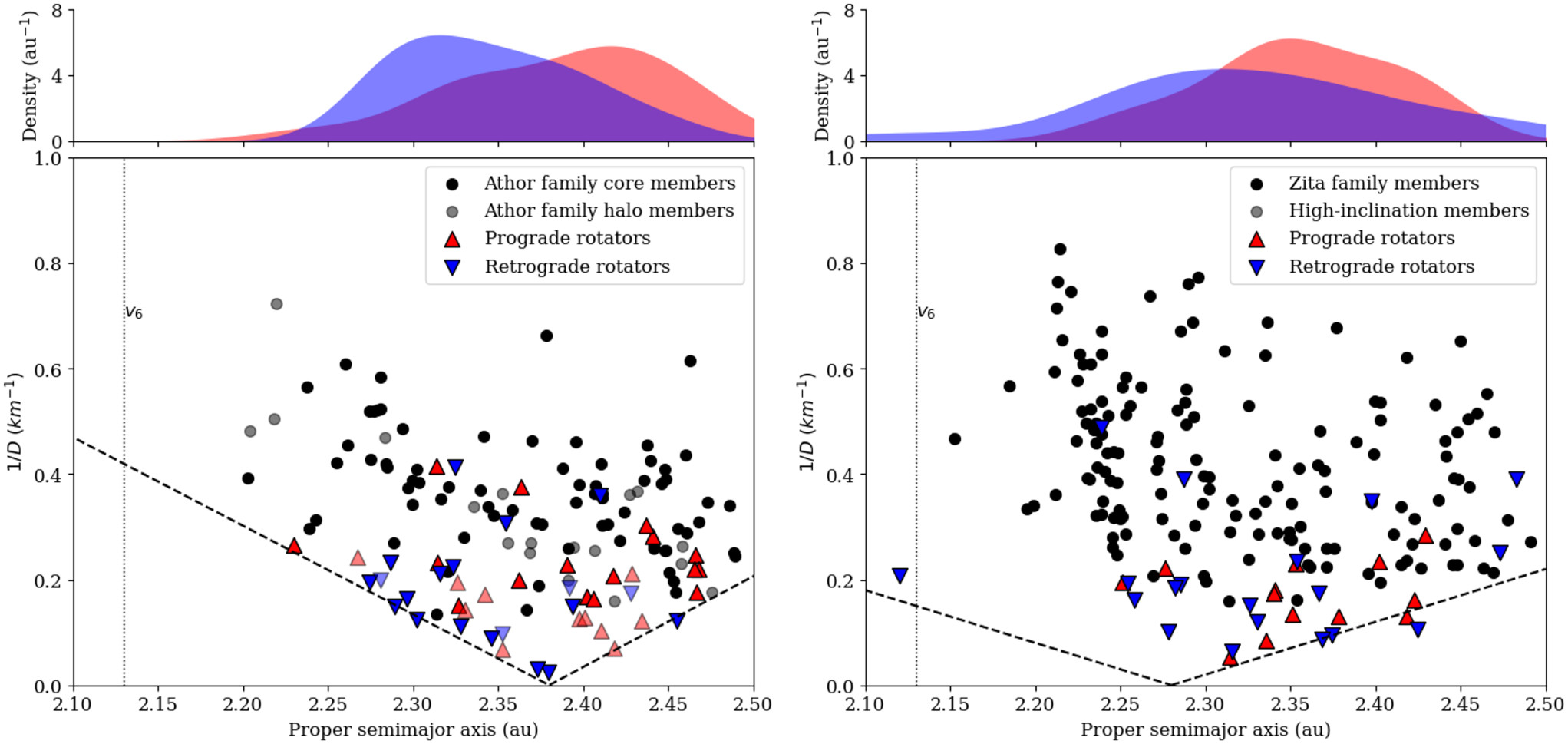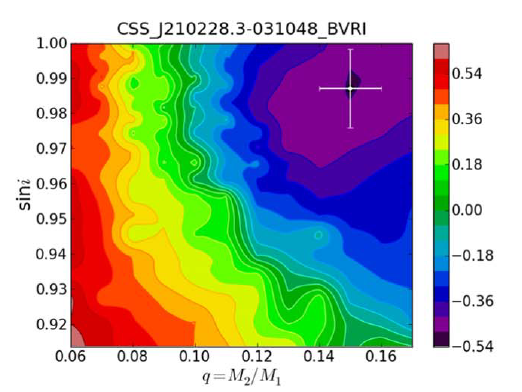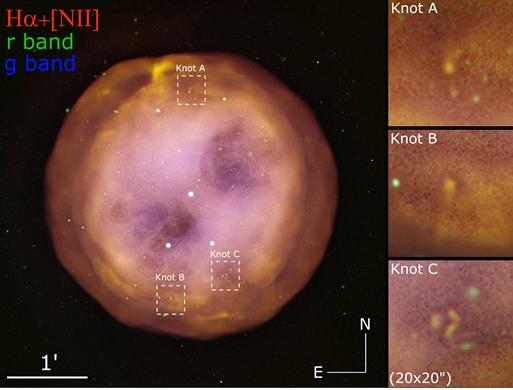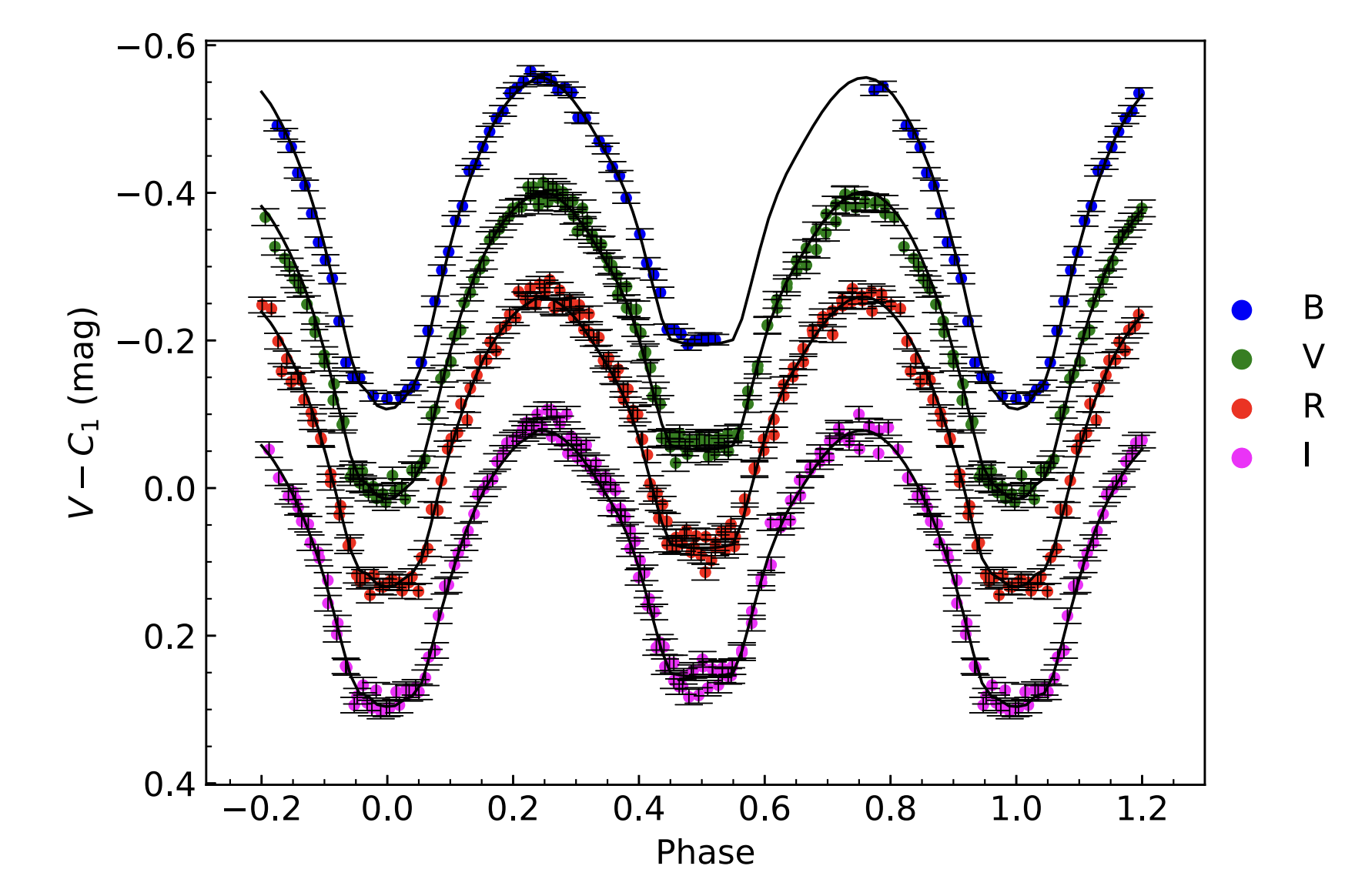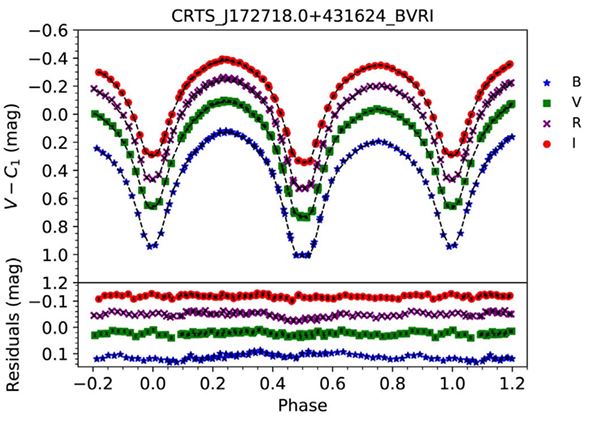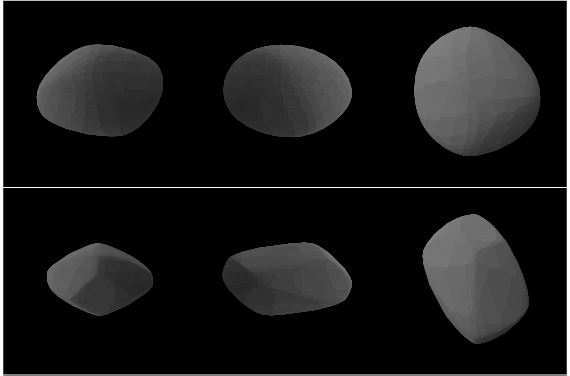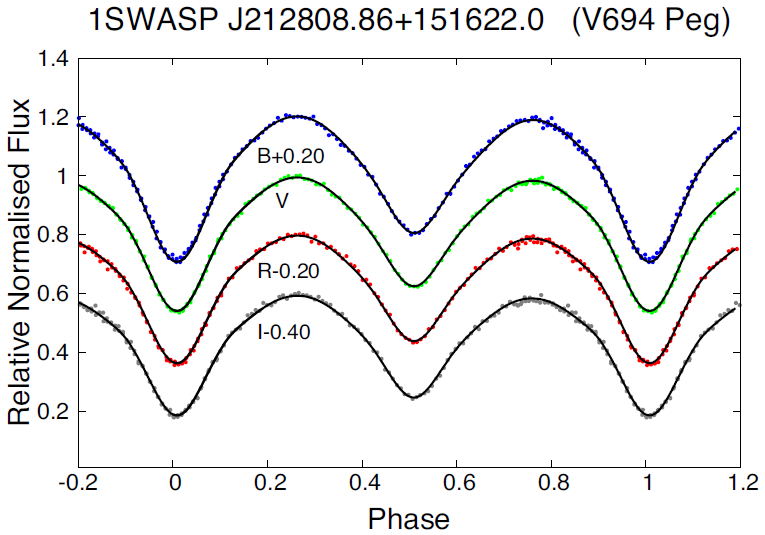In case of a publication based on Aristarchos data please take into account the following guidelines:
Credit “Aristarchos telescope” in published papers:
Publications based wholly or in part on data obtained at the Aristarchos telescope are required to carry the following Acknowledgment, primarily as a footnote to the title but, if such footnotes are not permitted by the journal, book, etc, then in the Acknowledgments section of the paper itself:
“Based on observations made with the 2.3m Aristarchos telescope, Helmos Observatory, Greece, which is operated by the Institute for Astronomy, Astrophysics, Space Applications and Remote Sensing of the National Observatory of Athens, Greece.”
Latest Publications
Spin states of X-complex asteroids in the inner main belt: I. Investigating Athor and Zita collisional families
Athanasopoulos, D. ; Hanuš, J. ; Avdellidou, C. ; van Belle, G. ; Ferrero, A. ; Bonamico, R. ; Gazeas, K. ; Delbo, M. ; Rivet, J. P. ;
A Study of Nine Extremely Low Mass Ratio-contact Binary Systems
Eleni Lalounta, Panagiota-Eleftheria Christopoulou, Athanasios
H2 molecular gas in the old planetary nebula NGC 3587
Ramos-Larios G., Guerrero M. A., Toalá J. A., Akras S., Fang X.
A Unique Low-mass-ratio Contact Eclipsing Binary System under the Period Cutoff
Papageorgiou, Athanasios ; Christopoulou, Panagiota-Eleftheria
Three Ultra-short-period Contact Eclipsing Binary Systems Mined from Massive Astronomical Surveys
Papageorgiou, A., Christopoulou, P.-E., Ferreira
Asteroid spin-states of a 4 Gyr collisional family
Athanasopoulos, D., Hanuš, J., Avdellidou,
CoBiToM Project — II: Evolution of contact binary systems close to the orbital period cut-off
Loukaidou, G. A. ; Gazeas,

